A RARE SWISS LACQUERED BRASS, STEEL AND IRON MODEL 256 HIPP CHRONOSCOPEPEYER, FAVARGER ET CIE, NEUCHATEL, FOR FRIEDRICH RUNNE, HEIDELBERG, CIRCA 1900The substantial rectangular four pillar movement with break-arch frontplate measuring 3.75 by 4.25 inches at the shoulders and conforming rectangular taller backplate, enclosing greatwheel with barrel, second wheel, and third wheel incorporating twin contrate wheels (for engaging/disengaging the dials) facing each other checked by a small pallet arm which moves back and forth (due to the action of the solenoid coils on a second arbor contained within the wheel arbor itself) positioned behind the break-arch section of the frontplate, the upper right hand corner of the backplate applied with block for holding a metal reed/lamella mounted via a single fixing and incorporating fine screw angle adjustment, the top edge of the plate stamped with serial number 18180, the rear mounted with two pairs of electric solenoid coils set one above the other within finely finished shaped brackets with plate between, the engagement of the plate fine-tuned via tension springs applied above and below each incorporating independent adjustment by a pivoted arm and cam system through calibrated levers set to each side of the backplate, the front with silvered disc set on a bridge, calibrated 0 to 100 to outer track and signed Payer Favarger & Cie, Nuechatel, Suisse, No. 18180 around a winding square to centre, with motionwork behind and further brass disc above, the mechanism mounted onto a insulated composition platform pierced in the centre for the driving weight, with electrical connection posts to rear and engraved Fr. Runne, Heidelberg to leading edge, raised on three column-cast iron supports united by a concave-sided stretcher formed with a ring at the centre over tapered feet, (lacking start/stop mechanism, weight, escapewheel, upper dial disc, hands and some other lesser components).49cm (19.25ins) high, 21.5cm (8.5ins) wide, 16cm (6.25ins) deep. Provenance: The presence of the engraved signature for Friedrich Runne of Heidelberg to the table of the current lot indicates that it was suppled to him at his workshop 'Präcisioins-Mechanik' at the Physiological Institute of the University. Heidelberg was one of the centres of early experimental physiology. Wilhelm Wundt, Hermann v. Helmholtz and Ernst Kraepelin were teaching there. The Hipp chronoscope was developed by the German clockmaker Mattheus Hipp soon after he became established in Reutlingen, Germany during the 1840's as an improvement on an earlier model invented by Sir Charles Wheatstone Rather than using a pendulum or oscillating balance to regulate the timekeeper Hipp's chronoscope utilises a metal reed which vibrates at a high frequency (around 1000hz) which, in turn, locks and releases an escapewheel checking its rotation to 91 times a second. The front of the timepiece would have had two dials, the upper with hand completing ten revolutions a second and the lower revolving once every ten seconds. Calibrations on the upper dial would therefore allow intervals to be timed to within a thousandth of a second. In practice the timepiece would be linked to an electrical input which would provide the signal for the duration of what is being timed (on then off). When ready the clock would be set running but with the dials disengaged, when the interval signal is received the dials would be engaged (via the activation of the solenoid) and then disengaged when the signal stops; the duration of the signal would then be recorded on the dials.One of the early applications of the chronoscope was to time projectiles however latterly they became increasingly used in the field of physiology and psychology as exemplified by the example house in the Science Museum (object number 1996-277/23) which was used by Bedford College School of Psychology, London University, to try and determine the speed of thought.After a stint working at the Telegraph works in
A RARE SWISS LACQUERED BRASS, STEEL AND IRON MODEL 256 HIPP CHRONOSCOPEPEYER, FAVARGER ET CIE, NEUCHATEL, FOR FRIEDRICH RUNNE, HEIDELBERG, CIRCA 1900The substantial rectangular four pillar movement with break-arch frontplate measuring 3.75 by 4.25 inches at the shoulders and conforming rectangular taller backplate, enclosing greatwheel with barrel, second wheel, and third wheel incorporating twin contrate wheels (for engaging/disengaging the dials) facing each other checked by a small pallet arm which moves back and forth (due to the action of the solenoid coils on a second arbor contained within the wheel arbor itself) positioned behind the break-arch section of the frontplate, the upper right hand corner of the backplate applied with block for holding a metal reed/lamella mounted via a single fixing and incorporating fine screw angle adjustment, the top edge of the plate stamped with serial number 18180, the rear mounted with two pairs of electric solenoid coils set one above the other within finely finished shaped brackets with plate between, the engagement of the plate fine-tuned via tension springs applied above and below each incorporating independent adjustment by a pivoted arm and cam system through calibrated levers set to each side of the backplate, the front with silvered disc set on a bridge, calibrated 0 to 100 to outer track and signed Payer Favarger & Cie, Nuechatel, Suisse, No. 18180 around a winding square to centre, with motionwork behind and further brass disc above, the mechanism mounted onto a insulated composition platform pierced in the centre for the driving weight, with electrical connection posts to rear and engraved Fr. Runne, Heidelberg to leading edge, raised on three column-cast iron supports united by a concave-sided stretcher formed with a ring at the centre over tapered feet, (lacking start/stop mechanism, weight, escapewheel, upper dial disc, hands and some other lesser components).49cm (19.25ins) high, 21.5cm (8.5ins) wide, 16cm (6.25ins) deep. Provenance: The presence of the engraved signature for Friedrich Runne of Heidelberg to the table of the current lot indicates that it was suppled to him at his workshop 'Präcisioins-Mechanik' at the Physiological Institute of the University. Heidelberg was one of the centres of early experimental physiology. Wilhelm Wundt, Hermann v. Helmholtz and Ernst Kraepelin were teaching there. The Hipp chronoscope was developed by the German clockmaker Mattheus Hipp soon after he became established in Reutlingen, Germany during the 1840's as an improvement on an earlier model invented by Sir Charles Wheatstone Rather than using a pendulum or oscillating balance to regulate the timekeeper Hipp's chronoscope utilises a metal reed which vibrates at a high frequency (around 1000hz) which, in turn, locks and releases an escapewheel checking its rotation to 91 times a second. The front of the timepiece would have had two dials, the upper with hand completing ten revolutions a second and the lower revolving once every ten seconds. Calibrations on the upper dial would therefore allow intervals to be timed to within a thousandth of a second. In practice the timepiece would be linked to an electrical input which would provide the signal for the duration of what is being timed (on then off). When ready the clock would be set running but with the dials disengaged, when the interval signal is received the dials would be engaged (via the activation of the solenoid) and then disengaged when the signal stops; the duration of the signal would then be recorded on the dials.One of the early applications of the chronoscope was to time projectiles however latterly they became increasingly used in the field of physiology and psychology as exemplified by the example house in the Science Museum (object number 1996-277/23) which was used by Bedford College School of Psychology, London University, to try and determine the speed of thought.After a stint working at the Telegraph works in
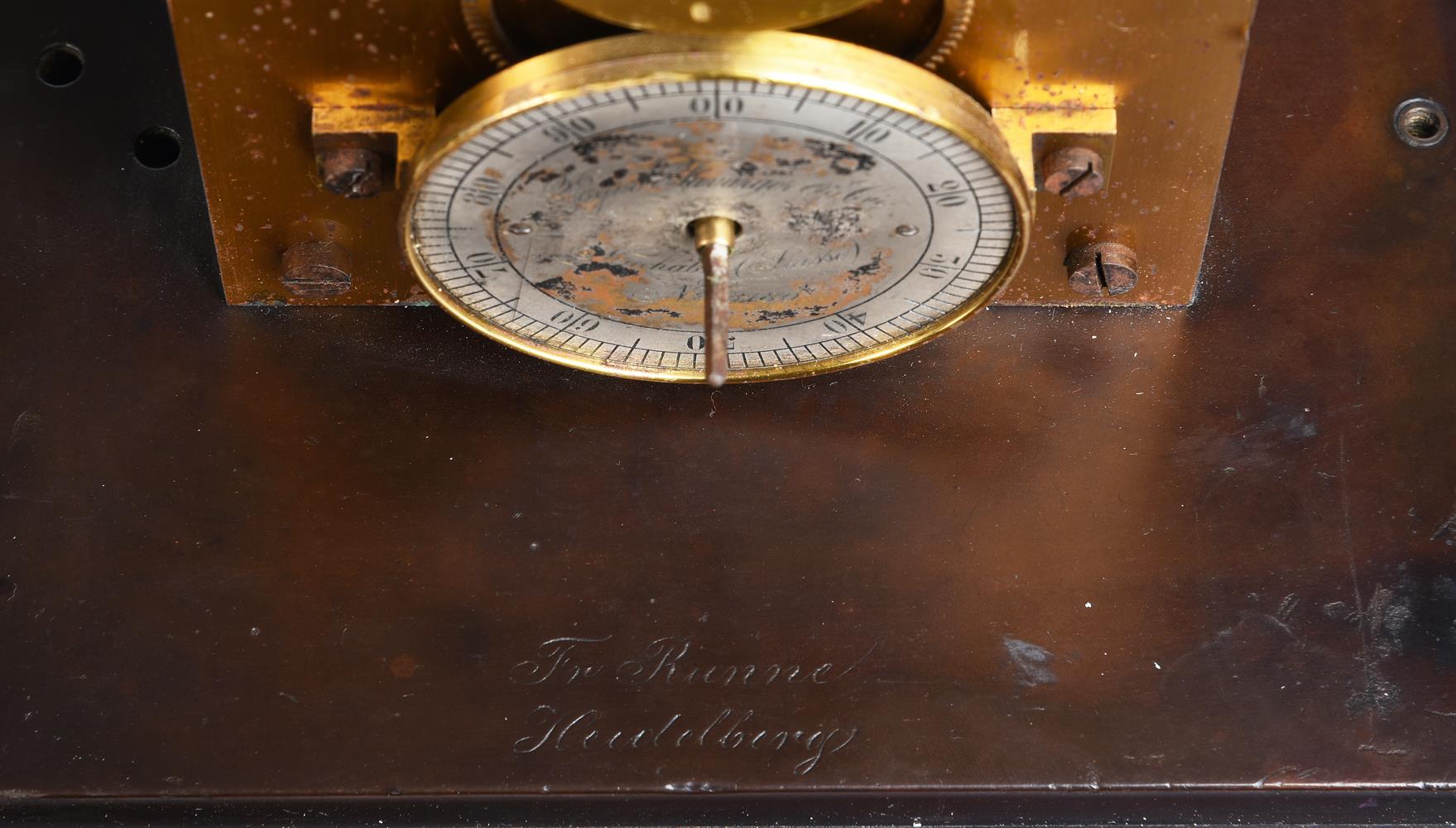

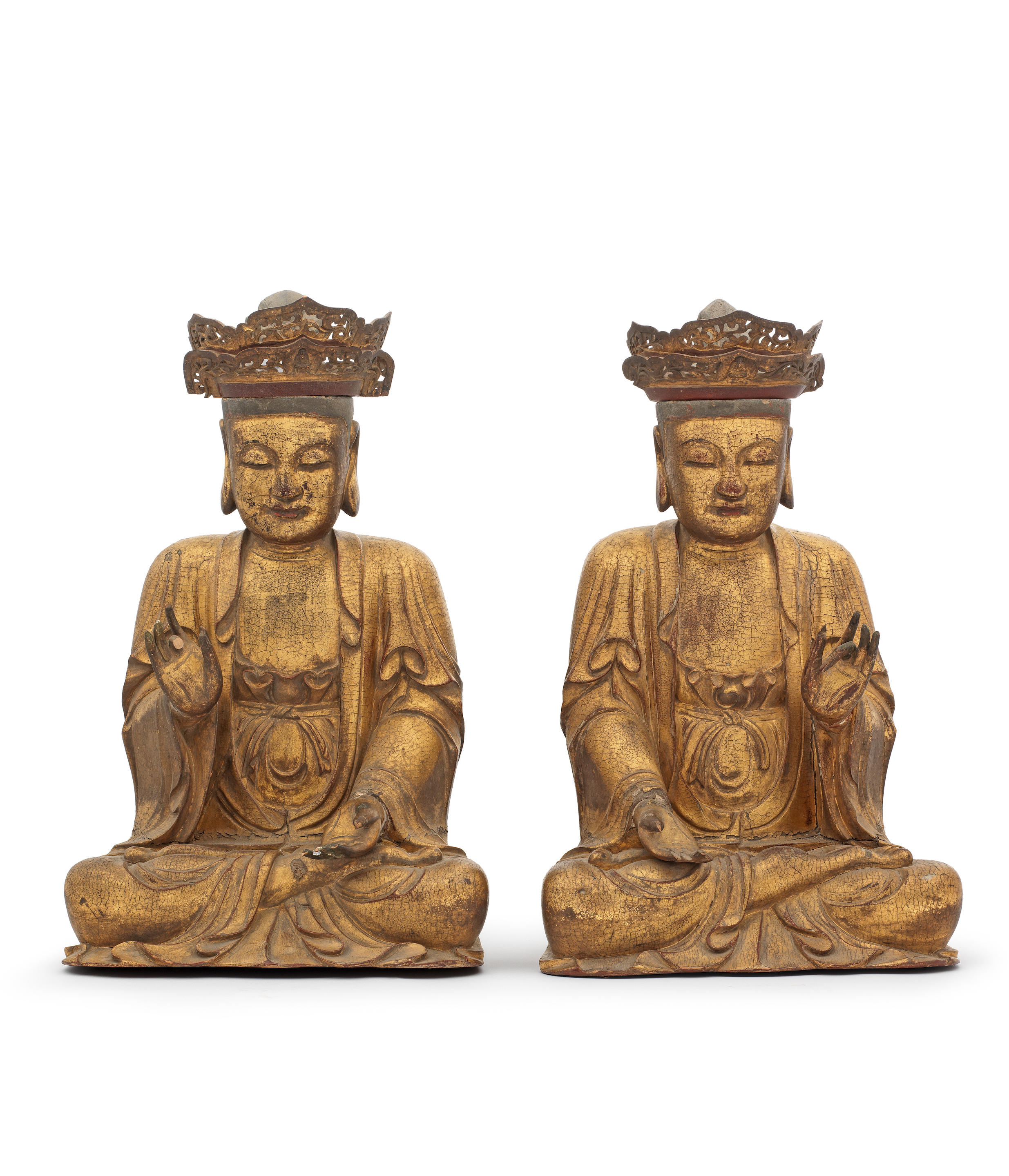
.jpg)
.jpg)
.jpg)

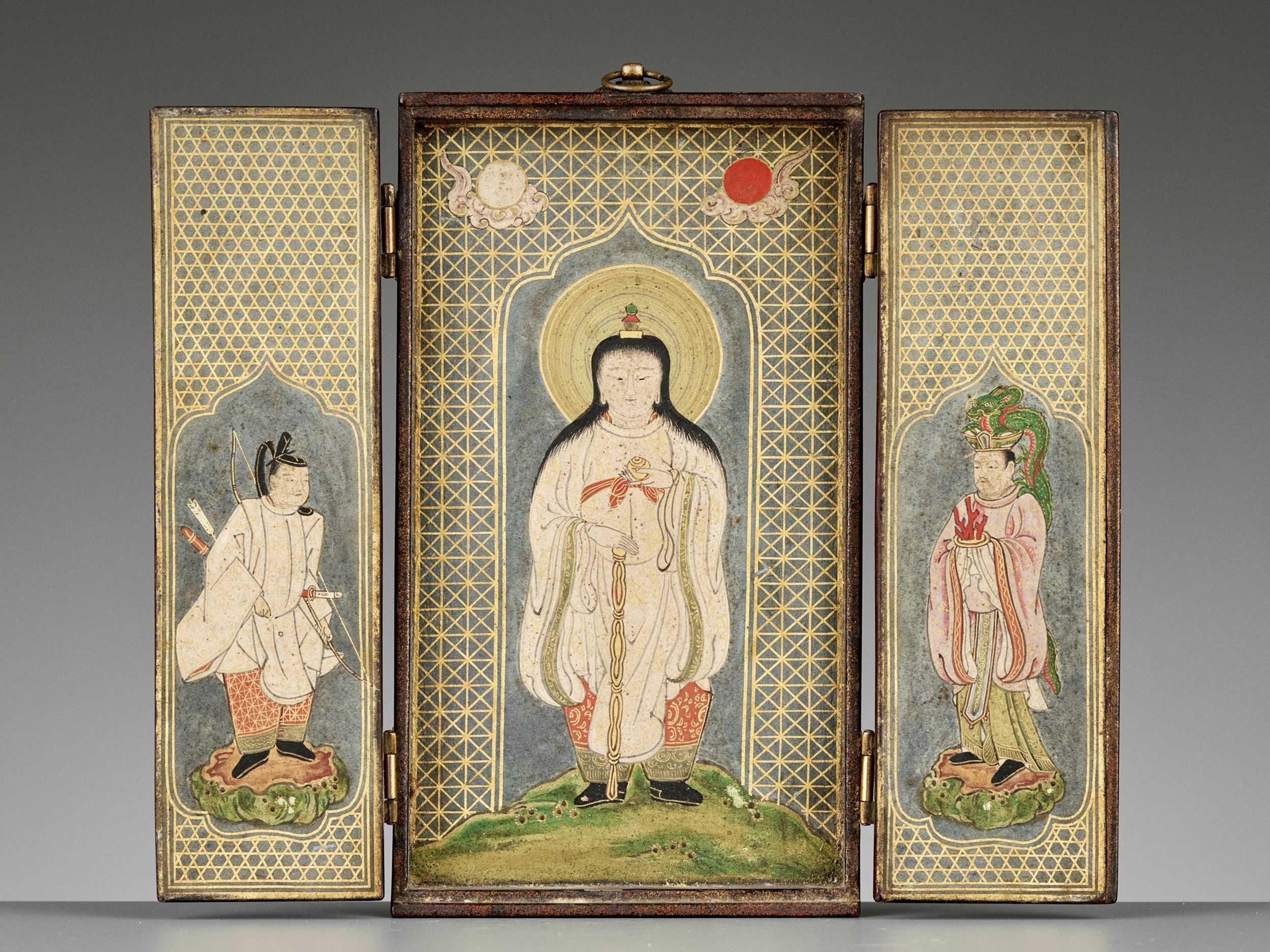
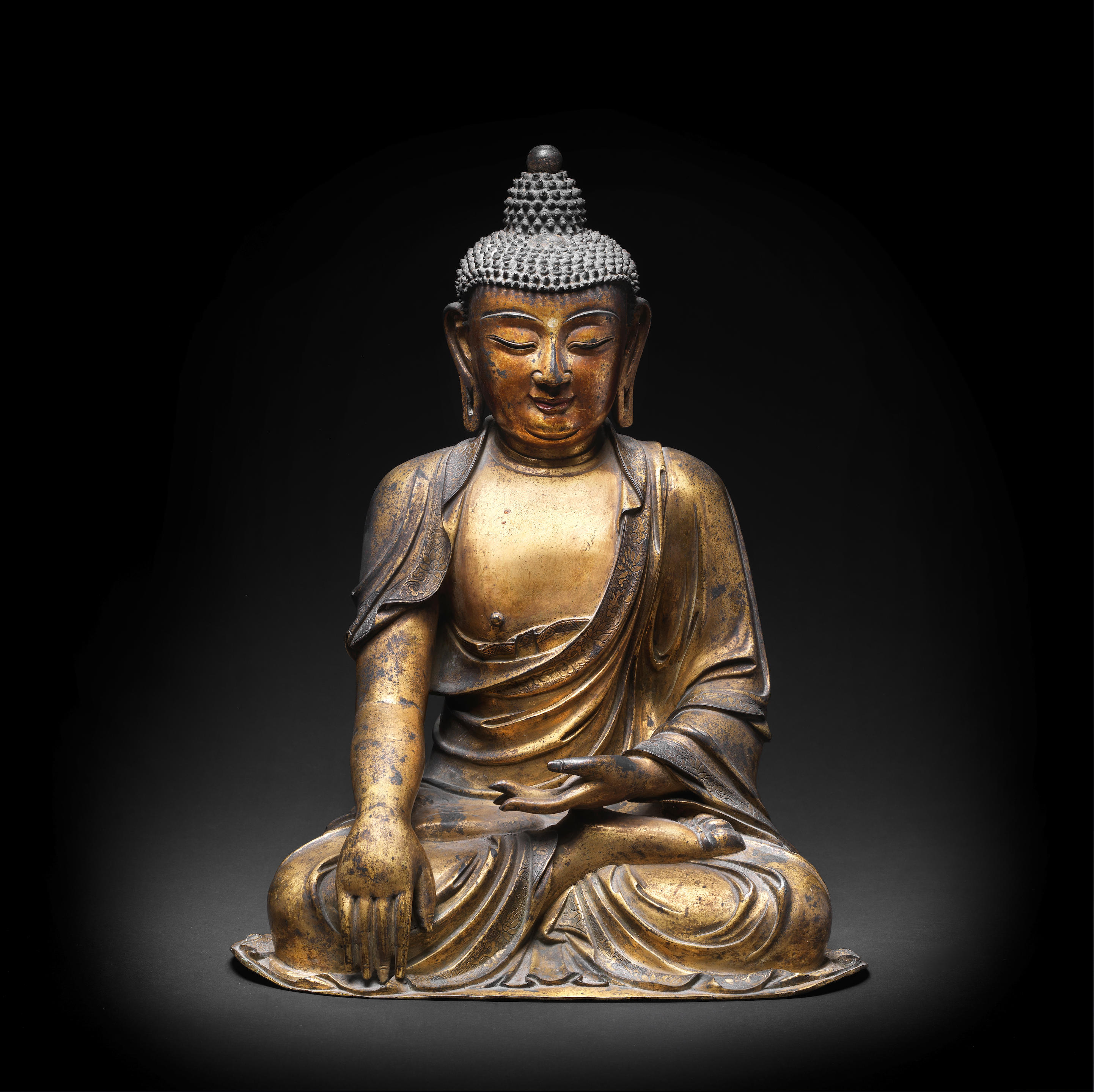
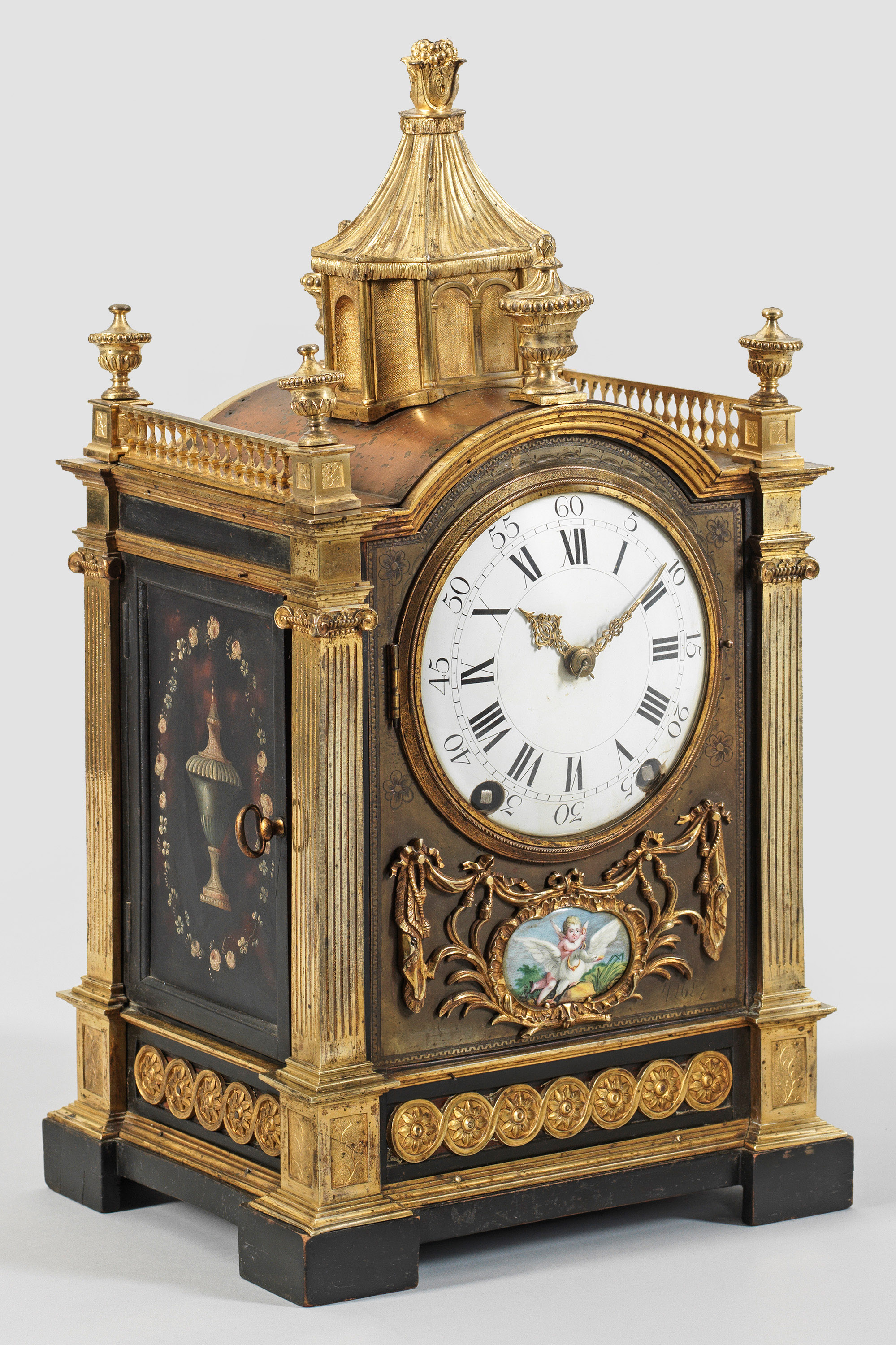
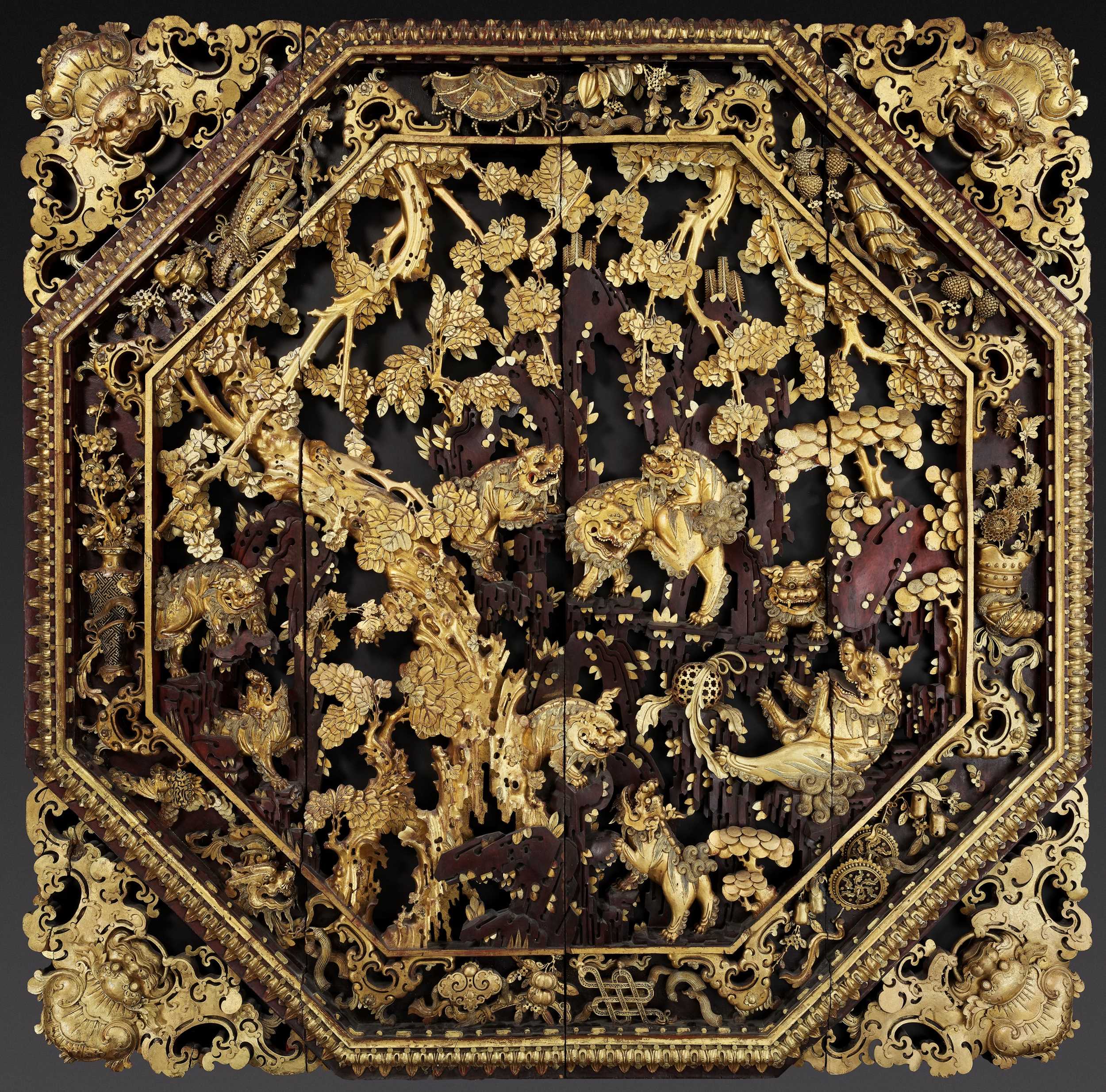




Testen Sie LotSearch und seine Premium-Features 7 Tage - ohne Kosten!
Lassen Sie sich automatisch über neue Objekte in kommenden Auktionen benachrichtigen.
Suchauftrag anlegen